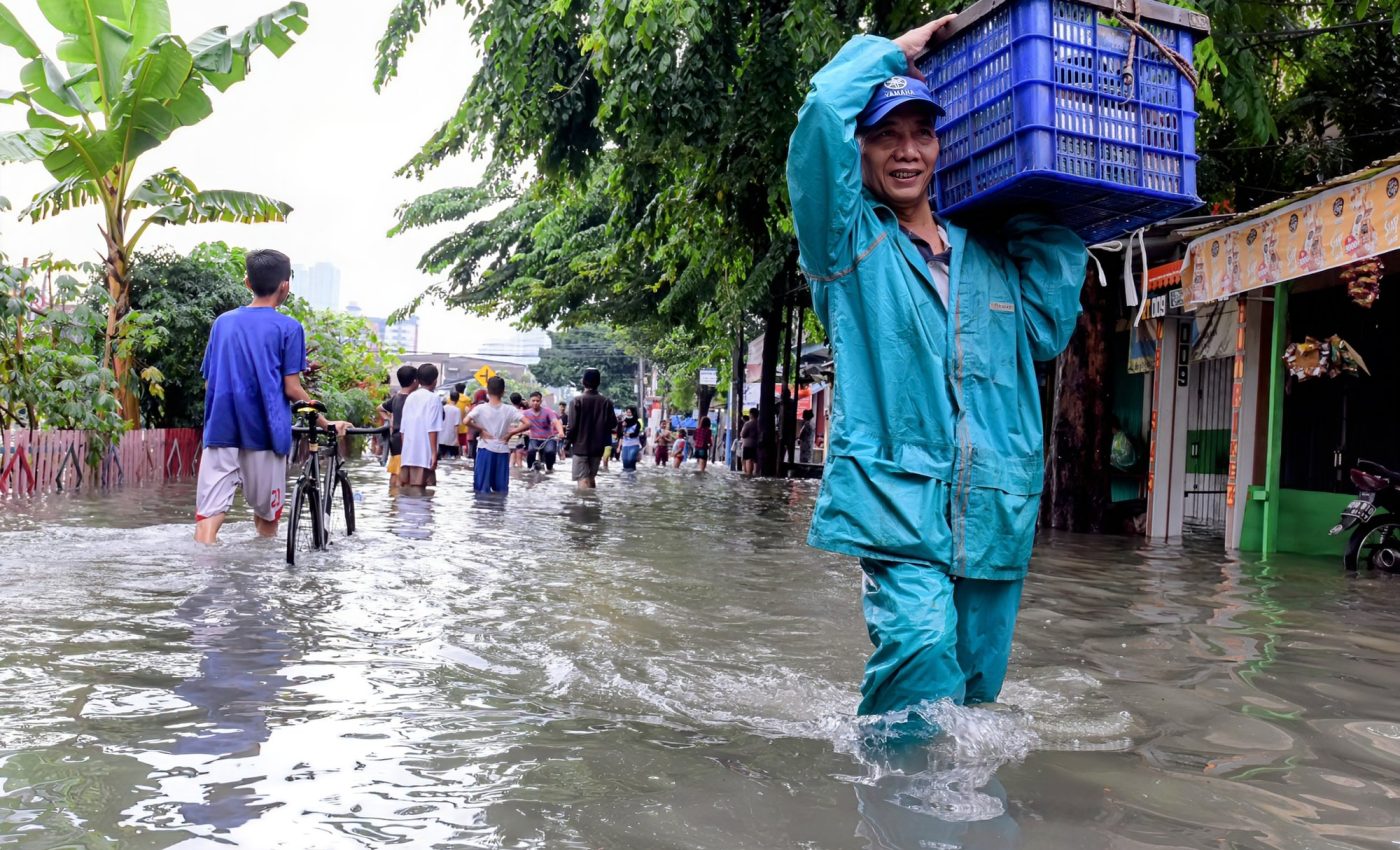
Climate migration is an urgent reality that cannot be ignored
Migration is at the forefront of the climate crisis, as the globe faces unprecedented environmental challenges, including extreme weather events, biodiversity loss, and resource scarcity.
Humanity’s response needs to be reimagined, with a growing recognition that international collaboration and coordinated efforts are crucial.
As rising temperatures and sea levels threaten landscapes and displace communities worldwide, the movement of people from their homes has become an urgent reality that cannot be ignored.
Climate-induced migration is not a distant concern; it is a pressing issue that is happening now, demanding immediate attention and comprehensive action to address its complexities and impacts.
Urgent need to rethink climate migration
An impactful study published recently by climate and social scientists from reputed institutions such as Wageningen University, University of Exeter, and Nanjing University puts forth a strong argument.
The experts emphasize the importance of facilitating movement among different geographical locations to ensure stability and prosperity in the face of the climate crisis.
Professor Marten Scheffer of Wageningen University stated: “Millions of people are projected to be displaced by sea-level rise in the next decades, and two billion could be exposed to extreme heat beyond their experience by the end of the century.”
Ignoring or underestimating the shift in human populations could lead to global discord and a divided world.
Breaking borders, not spirits
Countries have traditionally seen migration in terms of borders and national security only, but the researchers are urging a shift in perspective.
The study highlights the increasing instances of climate-related migration within countries, where individuals leave areas affected by long-term agricultural productivity decline or escape from extreme conditions such as coastal erosion. This internal migration plays out differently across nations.
Large countries with varied climate zones have a relative advantage, while smaller nations face significant challenges.
The study also points out the inherent wealth disparity that hinders internal and inter-state migration.
Barriers to climate migration
“While many animal species are already changing their geographical distribution in response to climate change, humanity now faces increasing barriers to this,” noted Professor Tim Lenton.
“Global warming exacerbates existing inequalities, making habitability a major political challenge of this century.”
The researchers maintain that the solution lies in global cooperation to address migration flows and demand for labor, benefiting both the Global South and the developed world.
The paper also proposes a major reform in the food system, suggesting that migration can increase production while conserving nature. They suggest a shift towards plant-based diets and reducing meat consumption.
Climate migration can be a win-win
Far from seeing migration as a threat, the researchers argue that it can actually be a win-win for both people and the climate.
However, this requires global leaders to constructively communicate the economic benefits of migration and effective integration.
“Every corner of the world needs to anticipate the coming climate crisis and promote the safe and beneficial movement of people as conditions change,” said Professor Neil Adger.
Embracing this outlook on migration is not just about ensuring a better future for those on the move but for our planet as a whole.
Integrating the movement of people into our strategies to combat climate change is not just necessary – it is urgent.
The role of technology in managing migration
Technology plays a crucial role in managing climate-induced migration by offering innovative solutions to make migration safer and more efficient.
Data analytics and GIS can predict migration patterns and identify at-risk areas, allowing for proactive resource allocation and reducing the humanitarian impact of displacement.
Additionally, technology enhances communication for migrants, providing information on safe routes, available services, and legal rights through mobile apps and platforms. Social media helps build networks and fosters a sense of community among migrants.
Investing in sustainable technologies, such as renewable energy and climate-resilient infrastructure, creates economic opportunities for displaced populations.
By integrating technology into migration strategies, we can address immediate needs and build a more resilient future, turning migration into an opportunity for global collaboration and growth.
The study is published in the journal One Earth.
—–
Like what you read? Subscribe to our newsletter for engaging articles, exclusive content, and the latest updates.
Check us out on EarthSnap, a free app brought to you by Eric Ralls and Earth.com.
—–













